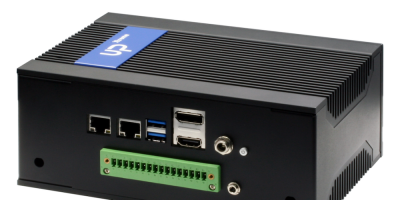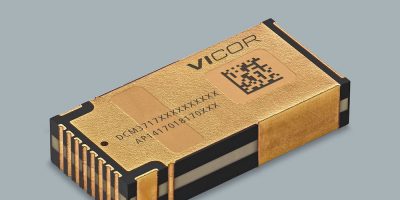To increase the capability of surveillance systems with the use of intelligent edge computing, Aaeon’s UP Xtreme Smart Surveillance kit provides the technology needed to power smart surveillance systems, such as surveillance cameras that analyse traffic using heat maps or automated control.
Smart surveillance adds intelligent processing of data that is already being gathered to analyse traffic with heat maps, monitor areas with virtual fences, or react to data in other ways to allow for automated control or alerting staff on premises.
Aaeon’s partners include Intel, Milestone and Saimos. The kit works as an AI-enabled network video recorder (NVR), for example to monitor video streams supporting up to 32 cameras simultaneously, using the Intel Core i7 model with Milestone XProtect Express+, explained Aaeon.
UP Xtreme Smart Surveillance integrates video management software (VMS) from Milestone with video analytic software from Saimos, then adding a deep learning AI edge inference through the Intel Distribution of OpenVINO toolkit. The combined package saves deployment time and cost for end users, as well as overcoming challenges such as storage issues, said Aaeon. The AI inference is also accelerated with two Intel Movidius Myriad X VPUs, helping provide even more power alongside the 8th Generation Intel Core processor supplied with the UP Xtreme system.
“UP Xtreme Smart Surveillance offers video analytics combined with a modern video management system, integrating everything into a one-box solutions which can be deployed with both new or existing infrastructure,” said Jürgen Konetschnig, CTO of Saimos. “The hardware and software are integrated to make deployment of smart surveillance applications easier and simpler for users in any field,” he added.
The Boxer-8130AI can be integrated into any environment, said Aaeon. It has six MIPI CSI-2 interfaces, to support up to six MIPI cameras. For easy maintenance it has an SD Card slot, USB OTG, remote on/off and almost all of its I/O ports together on one side. The Boxer-8130AI also features two antenna ports, for mobile or AI of thing (AIoT) gateway applications.
Once installed, UP Xtreme Smart Surveillance provides intuitive analytic parameter settings to provide a comprehensive overview of the surveillance system, said the company. UP Xtreme Smart Surveillance supports people or object counting, heat mapping, virtual fence and perimeter protection, dynamic blurring and object detection functions. It uses data analytics and edge computing to provide real time analysis, and can provide proactive measures through alerting relevant staff as soon as an incident is detected.
UP Xtreme Smart Surveillance is scalable in terms of both the number of cameras to AI acceleration.







